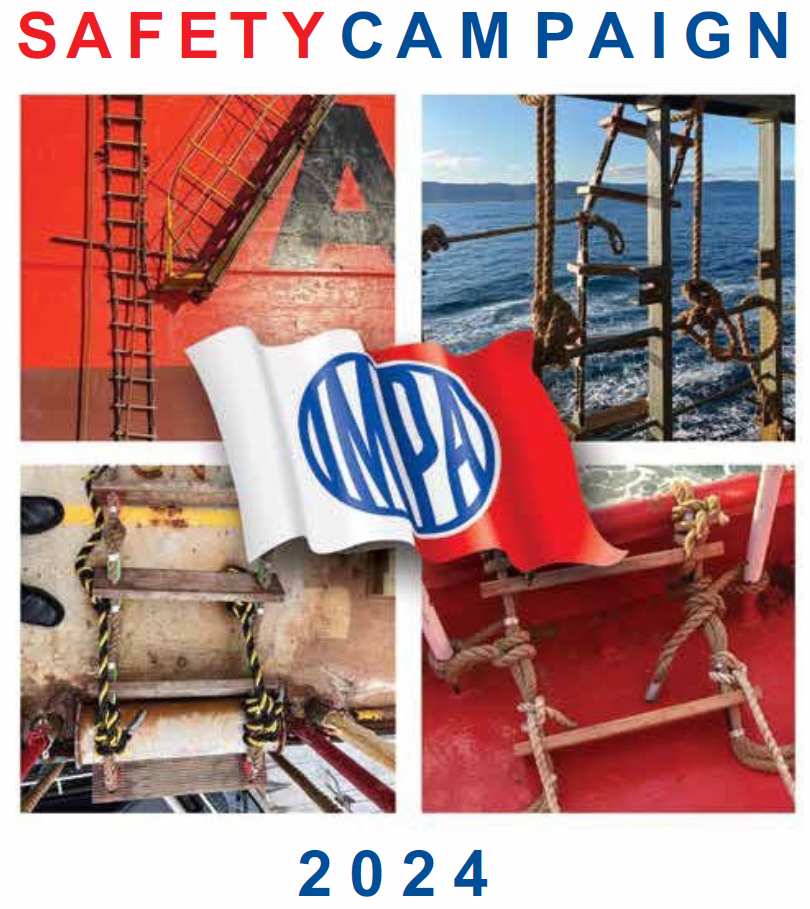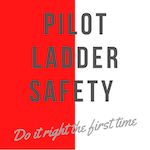
Introduction
The International Maritime Pilots’ Association (IMPA) has been conducting an annual safety campaign since 2015, focusing on the safety of pilot transfer arrangements. The 2024 campaign, held from October 1-15, was supported by a new native application to increase participation.
Executive Summary
- Non-compliance rate: 13%
- Number of reports: 4052
- Number of pilots participating: Over 500
- Key findings: No significant change in historic non-compliance trends. Pilot ladders remain the leading source of non-compliant observations, with retrieval line rigging and ladder serviceability as major weaknesses.
- Regional non-compliance rates: Highest in Europe (19%) and Australasia (23%).
Participants
- Total reports: 4052
- Geographical distribution: Africa (65), Oceania (175), North America (418), Asia/Middle East (493), South America (1508), Europe (1393).
Compliance by Ship Type
- Highest non-compliance rates: Naval ships (44%), Superyachts (43%), ROPAX (29%).
- Lowest non-compliance rates: Cruise ships (7%), Other passenger ships (7%).
Compliance by Means of Transfer
- Highest non-compliance rates: Combination arrangements (19%), Pilot ladders (17%).
- Lowest non-compliance rates: Gangways (7%).
Types of Defects
- Pilot Ladder Defects: Incorrectly rigged retrieval lines (43%), steps not horizontal (12%).
- Access to Deck Defects: Ladders not secured to strongpoints (32%), no stanchions (14%).
- Combination Arrangement Defects: Incorrectly rigged lower platform stanchions/rails (19%), lower platform less than 5 meters above the sea (17%).
- Safety Equipment Defects: No lifebuoy (24%), no responsible officer (18%).
Analysis of Results
- Trends: The non-compliance rate has remained relatively stable over the years, with pilot ladders consistently being the most problematic area.
- Regional Insights: Europe and Australasia show the highest rates of non-compliance, indicating potential regional issues or differences in adherence to safety standards.
- Ship Type Analysis: Naval ships and superyachts have the highest non-compliance rates, suggesting a need for targeted safety interventions in these categories.
- Means of Transfer: Combination arrangements and pilot ladders are the most non-compliant, highlighting the need for improved training and equipment standards in these areas.
- Defect Types: The most common defects involve incorrectly rigged retrieval lines and unsecured ladders, pointing to specific areas where safety protocols need reinforcement.
This summary provides an overview of the key findings and trends from the 2024 IMPA Safety Campaign, highlighting areas for improvement and ongoing challenges in maritime pilot safety. If you need more detailed information or specific data points, download the attached file.

